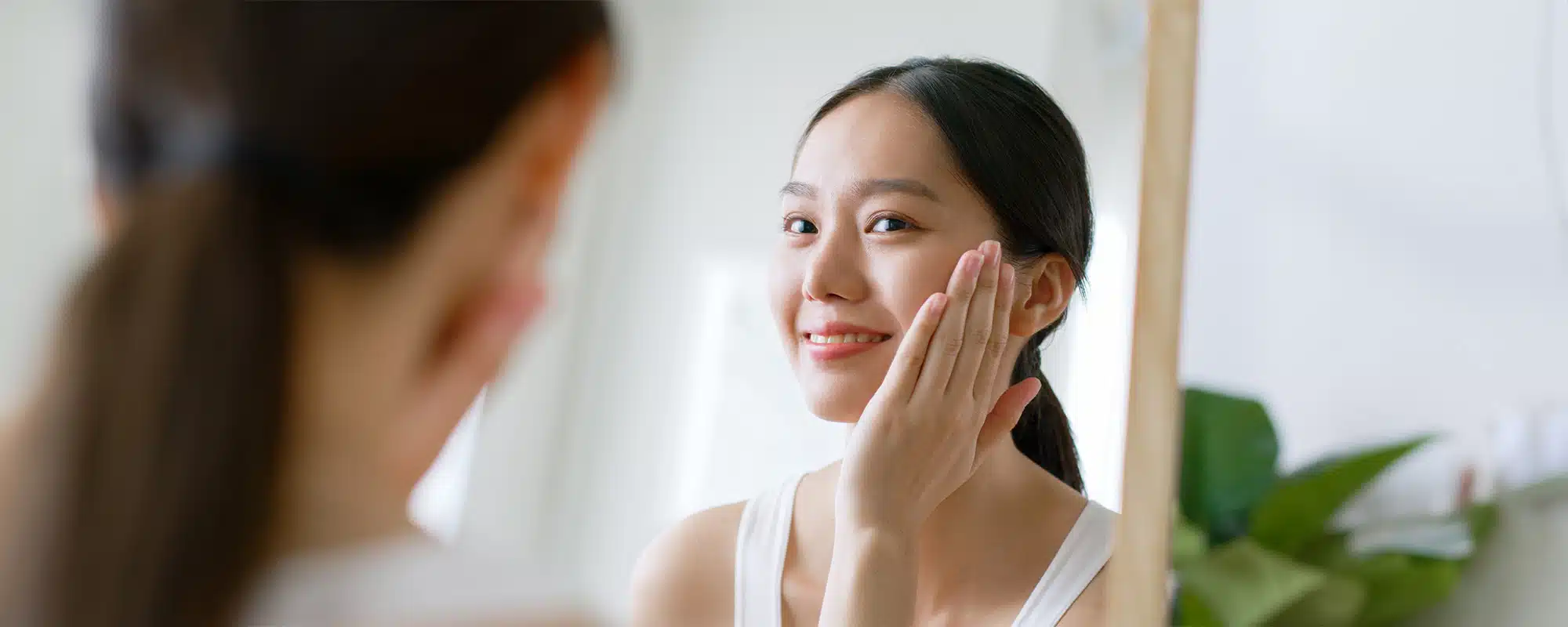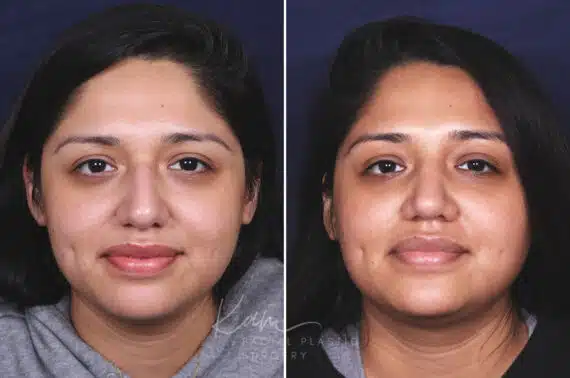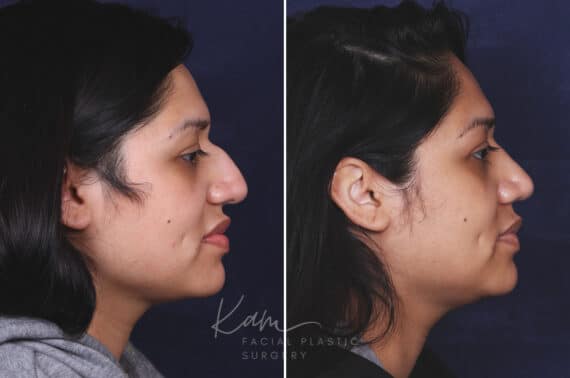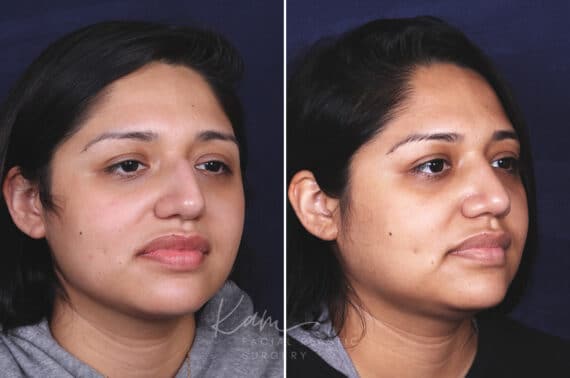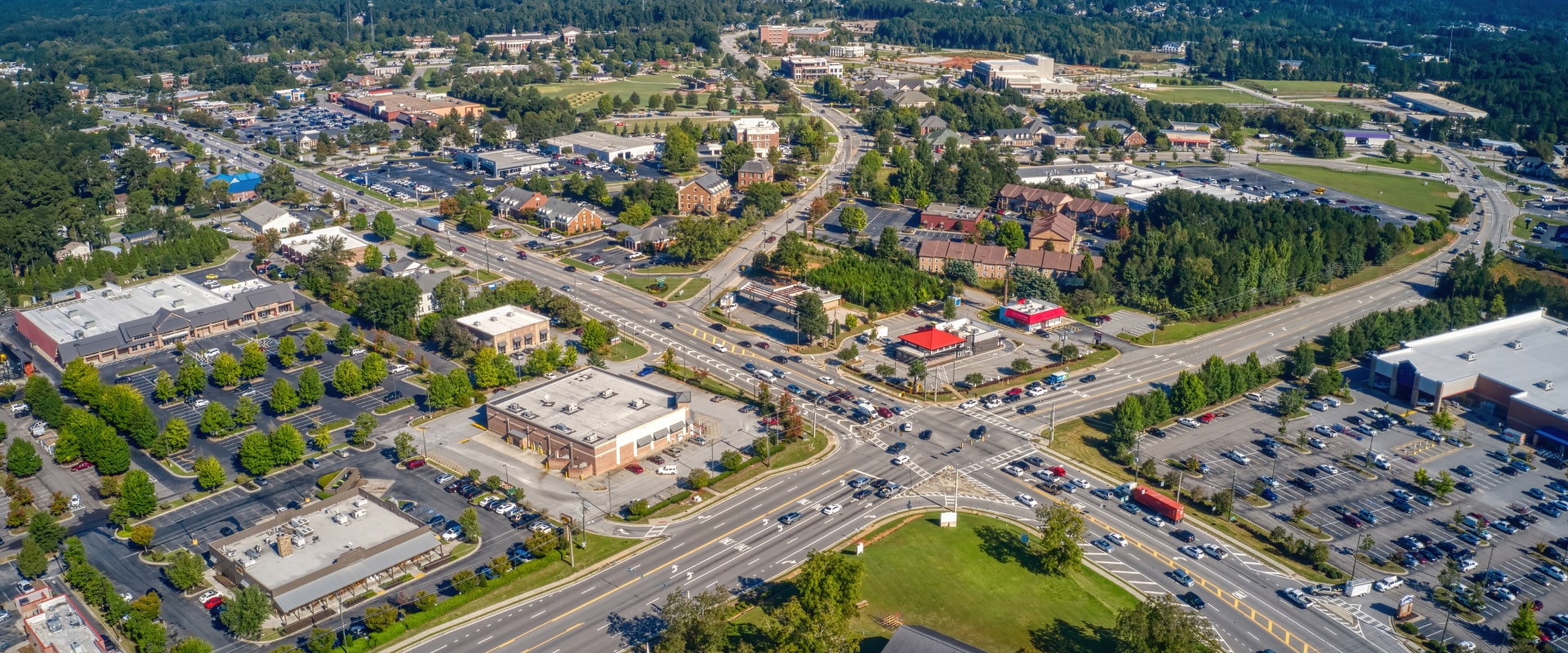Visible scarring is a common concern for people considering rhinoplasty. While modern surgical techniques help keep scars small, some factors like skin type, healing ability, and surgical methods can still affect how noticeable they are.
The good news is that there are simple steps to take before and after surgery to reduce scarring and support proper healing. This article will explore the causes of visible scars after rhinoplasty and offer tips on how to prevent them before and after surgery.
Book a consultation with Dr. Kam to fully prevent scars from rhinoplasty.
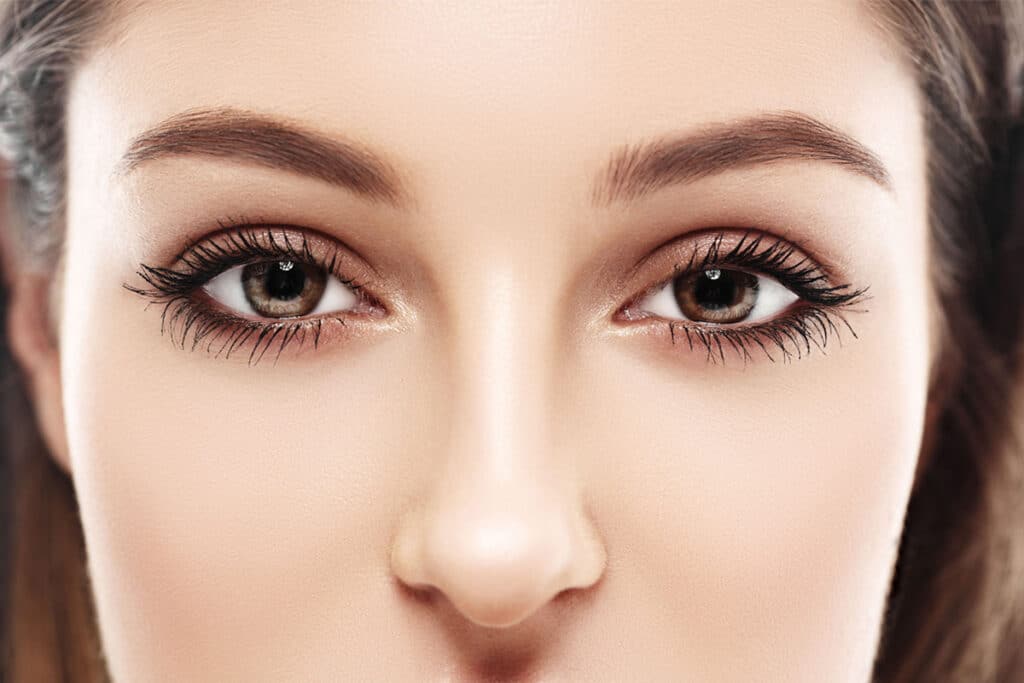
Keeping Rhinoplasty Scars to a Minimum
- Rhinoplasty scars are usually small, but poor healing, improper care, or the wrong technique can make them more visible.
- Choosing a skilled surgeon and discussing your skin type can help lower the risk of noticeable scars.
- Stopping smoking, eating well, and keeping your skin hydrated before surgery can improve healing.
- Following post-surgery instructions, avoiding strenuous activity, and managing swelling help reduce scarring.
- If scars remain, treatments like massage, sunscreen, and professional scar reduction options can improve their appearance.
What Causes Visible Scars After Surgery?
The type of rhinoplasty performed plays a key role in whether scarring is visible. Closed rhinoplasty involves incisions inside the nostrils, leaving no external scars. In open rhinoplasty, an incision is made along the columella—the tissue between the nostrils—which may result in a small scar. While this scar is usually faint once healed, factors like skin type, infection, sun exposure, smoking, and age can affect its appearance.
Thicker or darker skin may be more prone to noticeable scarring. In most cases, scars fade within 3 to 6 months, but if a scar remains visible, treatments like steroid injections may help reduce it.
Ways to Reduce Scarring Before Rhinoplasty Surgery
Taking steps to reduce the likelihood of scarring before your rhinoplasty surgery can help ensure a more successful outcome.
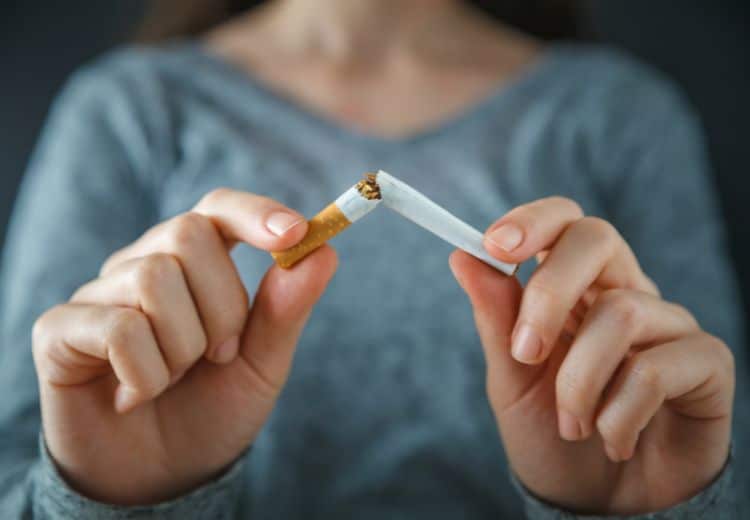
Quit Smoking
Smoking can impair the healing process by restricting blood flow to the surgical site. Quitting smoking at least two weeks before surgery can help improve blood flow and promote better healing.

Eat Healthily and Keep Your Skin Moisturized
Maintaining a healthy diet and keeping your skin well-moisturized can help promote proper healing and reduce the risk of scarring. A diet rich in vitamins and minerals, particularly vitamin C and zinc, can support wound healing and collagen production. In addition, keeping your skin moisturized can help maintain its elasticity and reduce the risk of scarring.

Choose the Right Surgeon
Selecting a skilled and experienced plastic surgeon is crucial in minimizing the risk of visible scarring from rhinoplasty procedures. A board-certified plastic surgeon with expertise in various types of rhinoplasty, such as cosmetic rhinoplasty, ethnic rhinoplasty, and revision rhinoplasty, will be more adept at using advanced techniques that reduce the likelihood of scarring. During your initial consultation, ask about the surgeon’s experience with nose job surgeries, their success rate, and if they have any before and after photos of patients who have undergone similar procedures.

Discuss Your Skin Type
Some individuals may be more prone to scarring due to their skin types, such as those with darker skin tones or a history of keloid or hypertrophic scars. During your rhinoplasty consultation, discuss your skin type and any previous scarring experiences with your surgeon to determine if you are at a higher risk for visible scarring after your nose job surgery. Based on your skin type and history, your surgeon may recommend specific pre- and post-surgery care, such as the use of silicone gels or topical creams, to minimize scarring and ensure a successful outcome.
Ask About the Surgical Technique
Inquire about the surgical technique your surgeon plans to use for your rhinoplasty procedure, as this can impact the formation of scar tissue and the visibility of surgical scars. Common types of rhinoplasty techniques include closed and open rhinoplasty New Jersey, and understanding the surgical technique and its potential impact on scarring can help you make an informed decision about your nose job surgery and ensure you are prepared for the recovery process.
Minimizing Scarring During Rhinoplasty Recovery
Proper care during the recovery period is essential for reducing the risk of visible scarring after rhinoplasty surgery. Following your surgeon’s post-surgery instructions and taking steps to minimize swelling and bruising can help promote a smooth healing process.
Follow Post-Surgery Instructions Carefully
Your plastic surgeon will give you detailed instructions for post-surgery care after your rhinoplasty procedure, which are vital for a smooth healing process and minimizing the risk of visible scarring. These guidelines include how to clean the surgical incision site, when to change dressings, and when to schedule follow-up appointments with your facial plastic surgeon. Strictly adhering to these instructions is crucial for proper wound healing, reducing the likelihood of infection, and preventing rhinoplasty visible scars.
Avoid Strenuous Activity
It is essential to avoid engaging in strenuous activities too soon after your rhinoplasty surgery, as this can cause an increase in blood pressure, leading to increased swelling and a higher risk of visible scar tissue formation. Your plastic surgeon will likely advise you to refrain from heavy lifting, intense exercise, and other activities that could strain your nasal tissues for several weeks following your cosmetic surgery procedure.
Manage Swelling and Bruising Immediately
Dealing with swelling and bruising is a crucial aspect of the recovery process after rhinoplasty surgery. Promptly addressing these common side effects can help minimize the risk of visible scarring and promote proper healing of the nasal structures. Applying cold compresses or ice packs to the affected area, keeping your head elevated, and taking over-the-counter pain relievers as recommended by your plastic surgeon during your New Jersey rhinoplasty consultation can help alleviate swelling and bruising.
rhinoplasty patient results
* All patients are unique and individual results may vary.
How to Treat Visible Scarring After Rhinoplasty
If you do notice visible scarring after your rhinoplasty surgery, there are several steps you can take to help minimize its appearance.
Massage and Compress the Area
Gently massaging the scarred area can help break up scar tissue and promote blood flow, which can aid in the healing process. Using a silicone gel sheet or compression bandage can also help flatten raised scars and promote a smoother appearance.
Use Quality Moisturizers and Sunscreen
Keeping the scarred area moisturized can help maintain skin elasticity and reduce the appearance of scarring. Additionally, protecting the area from sun exposure is essential, as ultraviolet rays can cause scars to darken and become more noticeable. Apply a broad-spectrum sunscreen with an SPF of at least 30 to the scarred area daily.
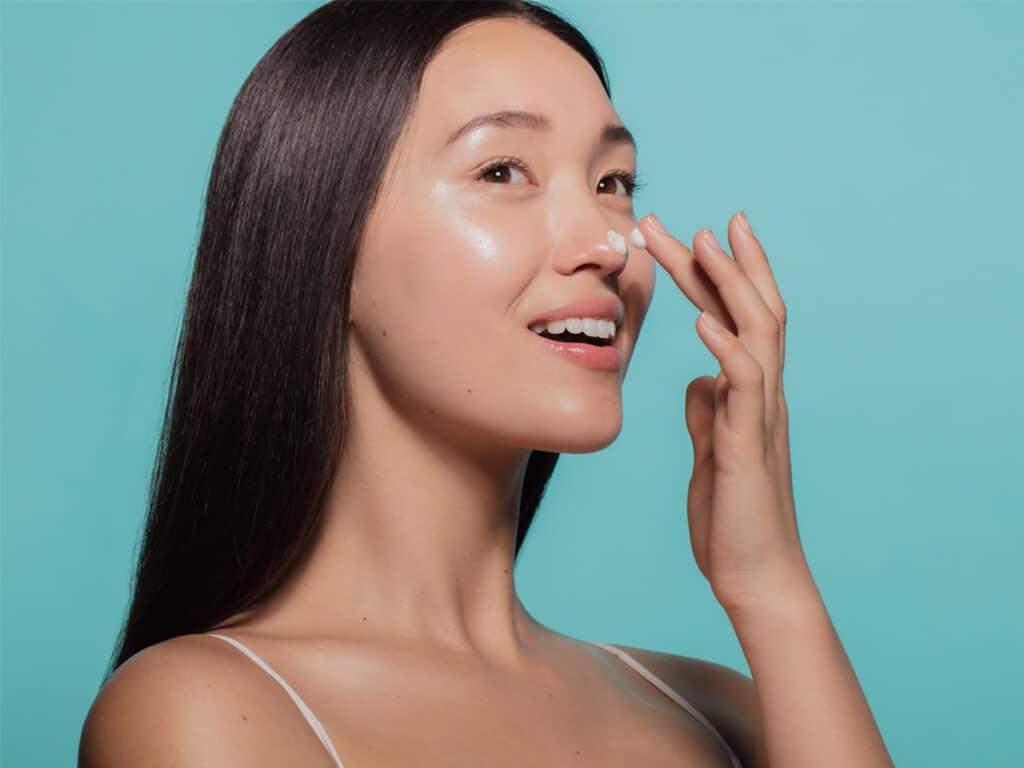
Consider Professional Treatments for Scar Reduction
If you’re concerned about the appearance of your rhinoplasty scar, consult with your surgeon or a dermatologist about professional treatments that may help reduce its visibility. Options may include laser treatments, chemical peels, or targeted steroid injections.
Consult with a Board-Certified Rhinoplasty Surgeon
If you’re considering rhinoplasty surgery, it’s essential to consult with a board-certified plastic surgeon like Dr. Kam, who is experienced in performing rhinoplasty procedures. During your consultation, discuss your concerns about scarring, your skin type, and the surgical technique that will be used. By taking the necessary precautions before and after surgery, you can minimize the risk of visible scarring and achieve the best possible results from your rhinoplasty procedure. To schedule your consultation, please call 856-565-2903 or (Opens in a new tab) click here to schedule online.
